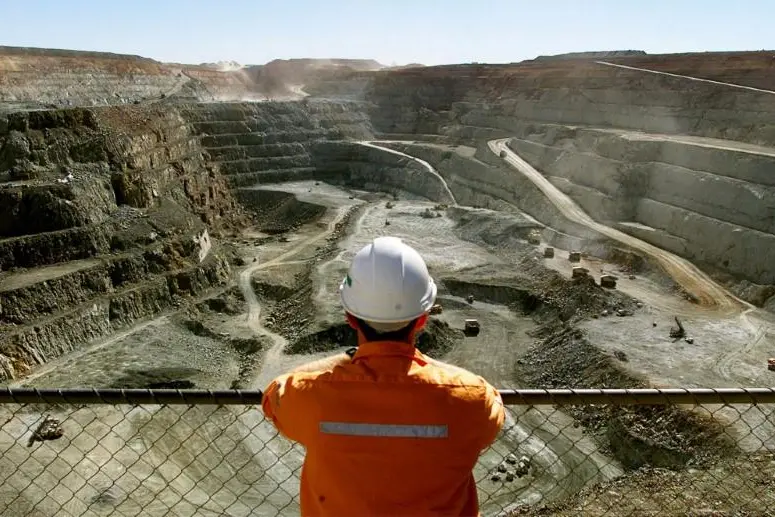PHOTO
KALGOORLIE, Australia - New spending by some of the world's largest iron ore miners is tightening the market for jobs and support services in Australia's biggest mining region, bringing a sense of optimism after years in the doldrums.
Spending by majors BHP Rio Tinto and Fortescue has boosted confidence throughout the industry, drawing in labour and machines from diggers to drill rigs, said delegates at a mining convention in the outback town of Kalgoorlie.
"This year, the mood is quite buoyant. If Kalgoorlie is going well, then the rest of the industry is going well," Andrew Broad, chief executive of mining contractor Ausdrill told Reuters on the sidelines of the Diggers and Dealers conference.
Demand for mining labour was the best in around five years, Broad said. Ausdrill has around 5,000 contractors on its books globally.
"It's still hard work. The rates aren't lifting as quickly as we would like. But there's plenty of opportunity around."
The value of Western Australia's listed companies jumped 27 percent during the 2018 financial year ended June 30 to A$193.5 billion ($143.4 billion) – the highest since May 2011, driven largely by gains in resources firms, according to Deloitte.
The world's third-biggest iron ore miner Fortescue, which approved a new $1.3 billion iron oremine in May, is also boosting exploration, including for lithium. It is focused on driving down costs to offset emerging signs of inflation, Chief Executive Elizabeth Gaines told reporters.
"Overall there are external factors, currency and fuel and we are seeing some inflation in the Pilbara as well," she said.
Wages for semi-skilled labour like diesel mechanics were now around A$140,000-A$150,000 from around A$120,0000 a year ago, while good mine engineers can't be found "for love nor money," said one head hunter.
The mining industry is competing for semi-skilled talent with a construction boom on Australia's east coast and in New Zealand, while much of the skilled labour drawn in during the mining boom left during the downturn.
"To a degree we are going to see some upwards pressure on wages, there's no doubt about it," said Ausdrill's Broad.
An executive at a mining equipment firm said lead times for excavation machinery had doubled to one year, from six months during the 2016 crash, but were still well down from boom time levels of more than two years.
"No one commodity is driving it, but you have a bit of activity in each mineral and cumulatively that has brought the industry back up to a normal cadence," he said.
There has also been more demand for chemicals processing trials out of Perth with a number of nickel and cobalt producers assessing whether to move into sulphate production to directly supply the battery precursor industry.
"Now people have money to spend on labs, drilling and exploration. One of our suppliers said if you want to do a pilot plant, last year I could have fitted you straight in but now it will take four months," Katrina Law, chairman at cobalt producer Ardea Resources told Reuters.
($1 = 1.3493 Australian dollars)
(Reporting by Melanie Burton; editing by Richard Pullin)
© Reuters News 2018












